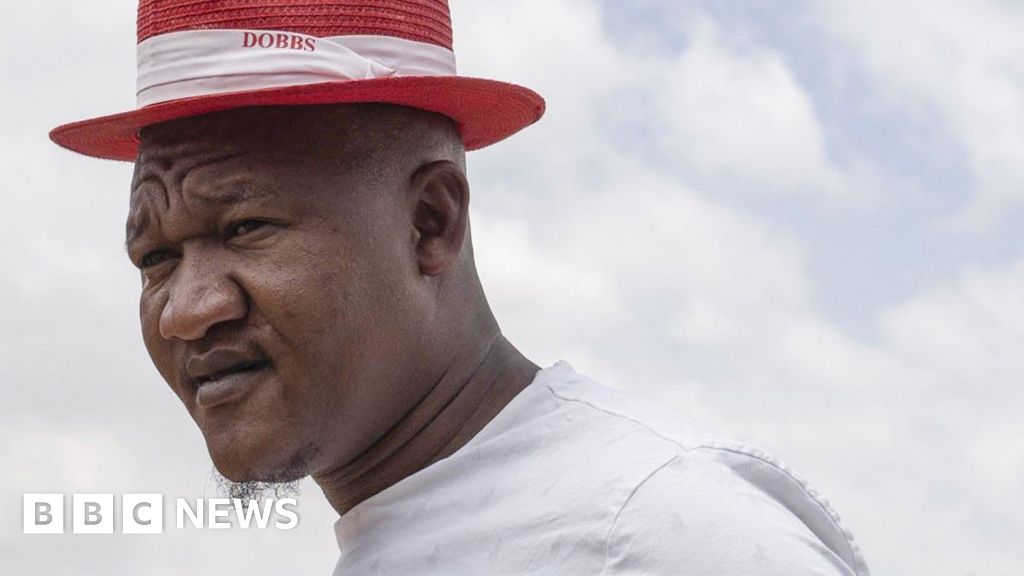BBC Volunteers Mzwandile Mkwayi and Mandla Charles were hailed as heroes upon their return to the surface after descending into the mineshaft. As Mzwandile Mkwayi was lowered into the South African mine in a red metal cage attached to a hoist above ground, the first thing that struck him was the smell.
“When I spoke to the miners, they told me some of them had to eat other [people] inside the mine because there was no way they could find food. And they were also eating cockroaches,” Mkwayi said.
Allegations of miners resorting to cannibalism in order to survive were also made by other rescued miners in statements submitted to the high court. Mkwayi, a former convict known as Shasha, volunteered to go down to help with the rescue effort.
“The police say the illegal miners were always able to come out on their own but were refusing to do so because they feared arrest. But Mkwayi disagrees: ‘It’s a lie that people didn’t want to come out. Those people were desperate for help, they were dying.'”
The rescue operation, which was initially meant to last a week, concluded after just three days as all miners were successfully brought back to the surface. The experience deeply impacted Mkwayi and he expressed his trauma from witnessing the conditions underground.
“For activists and trade unions helping the community, the death of the 87 people in the mine amounts to a ‘massacre’ perpetrated by the authorities. The use of the emotive word has drawn comparisons with the shooting dead by police of 34 striking miners in Marikana, some 150km away from Stilfontein, in 2012,” the article stated.
